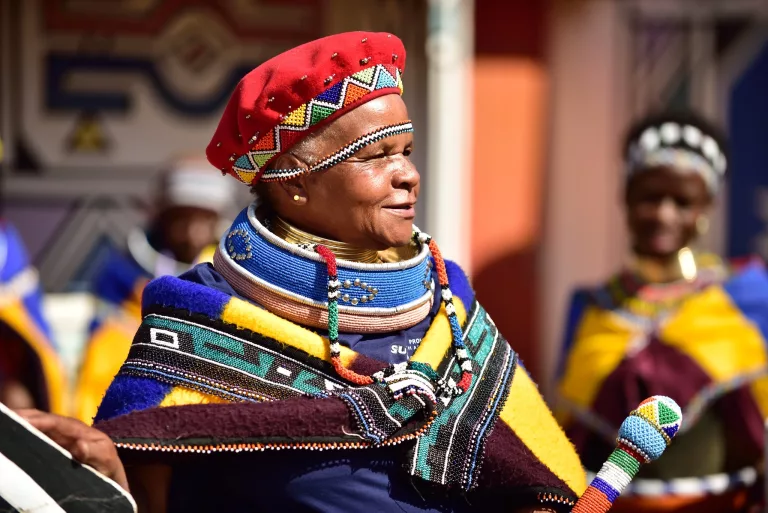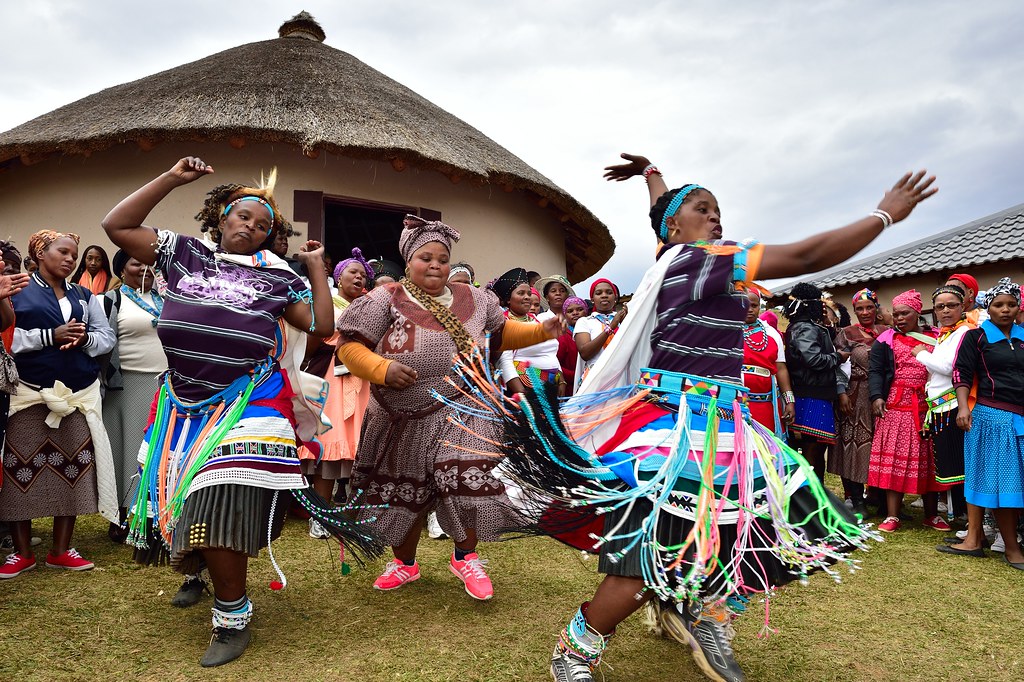The South African Culture Today Ideas
The South African Culture Today Ideas
Blog Article
3 Simple Techniques For South African Culture Today
Table of ContentsSome Known Facts About South African Culture Today.7 Simple Techniques For South African Culture TodaySouth African Culture Today Can Be Fun For EveryoneThe Facts About South African Culture Today UncoveredThe South African Culture Today IdeasHow South African Culture Today can Save You Time, Stress, and Money.
A matter of relevance in Zambian villages is the passing away of loved ones. All participants of the town placed money, time and effort with each other for the burial of the deceased.During the mourning duration; guys remain outside your home and the ladies remain inside your house of the deceased. After speaking about the deceased, the village walks to the location of interment to say their last farewells. Songs and dancing is an extremely important aspect of the Zambian society. The numerous tribal units have their own dance types; nonetheless, makishi prevails among all people.
What Does South African Culture Today Mean?
When it comes to songs, drums are utilized one of the most, with a range of drumming events. In Zambia, majority of individuals are Christian; Protestant and Roman Catholic. There are little teams of Muslims and Hindus, with the remainder following regional native tribal beliefs.

South African heritage and culture is exceptionally diverse, and is composed of several groups of people who each have their own practices and beliefs. Having such a variety of individuals and societies is what makes South Africa so unique. In real sense of the phrase, we are a rainbow nation.
South Africa has around 3 hundred thousand Portuguese people staying in it. Making it the 7th on the checklist of nations with one of the most Portuguese individuals in it beyond Portugal. Portuguese is not only a culture, but it is also a language and a nationality. Portuguese individuals stem from the nation of Portugal in Europe, nonetheless, because of Portugal (like lots of other countries in Europe) exploring the world and overcoming various other countries during the 15th 20th centuries, South Africa has what we call Portuguese South African's living in it.
The 7-Second Trick For South African Culture Today
Among the noticeable functions of the topography is a plateau that covers almost 2 thirds of the facility of the nation. The plateau complicated climbs toward the southeast, where it culminates in the Drakensberg range, component of an escarpment that divides the plateau from the coastal locations. The Drakensburg consists of Sparkling wine Castle, the highest possible top in the nation.
The region north of the Witwatersrand, called the bushveld, slopes downward from eastern to west towards the Limpopo River, which develops the global border. The western area of the plateau, the middleveld, likewise comes down towards the west and varies in altitude in between the highveld and bushveld. In between the Drakensburg and the eastern and southern shoreline, the land comes down to the sea.
Nearer the shore there is a low-lying plain called the eastern lowveld. Southwest of the plateau the nation becomes gradually extra arid, providing method to the stony desert of the Great Karroo, surrounded on the eastern by the lower, much better sprinkled plateau of the Little Karroo. Dividing the dry southern inside from the sandy coastal of the southerly coast and West Cape is another variety, the Langeberg.
Get This Report on South African Culture Today
The country's racially, ethnically, and politically separated background has produced national and subnational icons that still operate as icons of the nation, and others symbols that are approved just by particular teams. The monoliths to white inhabitant occupation and political prominence, such as the Afrikaner Voortrekker ("leader") Monument in Pretoria and the Rhodes Monument honoring the British colonial empire building contractor and Cape head of state Cecil Rhodes, continue to be sectarian signs.
The first modern inhabitants were the San ("bushman") hunter-gatherers and the Khoi ("Hottentot") individuals, that herded livestock (South African culture today). The San may have been present for thousands of years and left proof of their visibility in countless ancient cave paints ("rock art"). Bantu-speaking clans that were the forefathers of the Nguni (today's amaZulu, amaXhosa, amaSwazi, and vaTsonga peoples) and Tswana-Sotho language groups (today's Batswana and Southern and Northern Basotho) moved below eastern Africa as early as the fifteenth century

The 2 former republics of the Orange Free State and Transvaal (South African Republic) were established by Afrikaner inhabitants who beat and dispossessed the Basotho and Batswana. Lesotho would certainly have been forcibly included into the Orange Free State without the extension of British security in 1869. The ultimate unification of the nation resulted from their explanation the South African War (18991902) in between the British and both Afrikaner republics, which reduced the country to ruin at the beginning of the company website twentieth century.
Afrikaners traditionally considered themselves the only true South Africans and, while providing full citizenship to all locals of European descent, rejected that condition to individuals of shade up until the autonomous change of 1994. British South Africans retain a sense of social and social connection to Great Britain without deteriorating their identification as South Africans.
Get This Report about South African Culture Today
The diversity and fragmentation within ethnic groupings and the balance of tensions in between those teams throughout the twentieth century avoided interethnic civil conflict. While intergroup tensions over sources, privileges, and political prominence remain, those conflicts are as likely to match Zulu versus Zulu as Zulu versus Xhosa or African versus Afrikaner.
From colonial India, British vendors and managers brought the rounded steel ornamental roofs and slender lace work columns that still epitomize the outdoor patios of cottages in towns and cities throughout the nation. Holy places contribute an important building element also in the tiniest communities. In enhancement to the skyrocketing steeples and timeless stonework of Afrikaans Dutch Reformed churches, Anglican churches, synagogues, mosques, and Hindu temples offer variety to the religious architectural scene.

Slaughtering and the developing of standard grain beer are vital in protecting the participation and goodwill of the forefathers that are thought about the guardians of excellent ton of money, success, and well-being. Indian neighborhoods keep their indigenous culinary customs and use them on Islamic and Hindu ritual and ceremonial celebrations. Afrikaners and Coloured people collect at weekend breaks and unique events at multifamily bbqs called braais, where area bonds are enhanced.
Because this was the primary economic business of both black Africans and white homesteaders, problem between those teams fixated the possession of grazing land and livestock. In 1867, the largest diamond down payments on the planet were discovered at Kimberley in the west central area. The riches from those areas aided finance the exploitation of the best gold reef worldwide, which was found on the Witwatersrand in 1886.
More About South African Culture Today
This resulted in link misconceptions and intentional misrepresentation in the ventures of white inhabitants and federal government authorities with African chiefs during the early american duration (South African culture today). In the establishment of African reserves, some facets of common and chiefly "tribal trust fund" land period were protected, and even in white country locations, forms of common tenure were still exercised in locations with African communities
After the autonomous improvement of 1994, programs for land restitution, redistribution, and reform were set up, but progress has actually been sluggish. The white minority still controls eighty percent of the land. Following farming land invasions in Zimbabwe, the Division of Land Matters has vowed to speed land redistribution.
Report this page